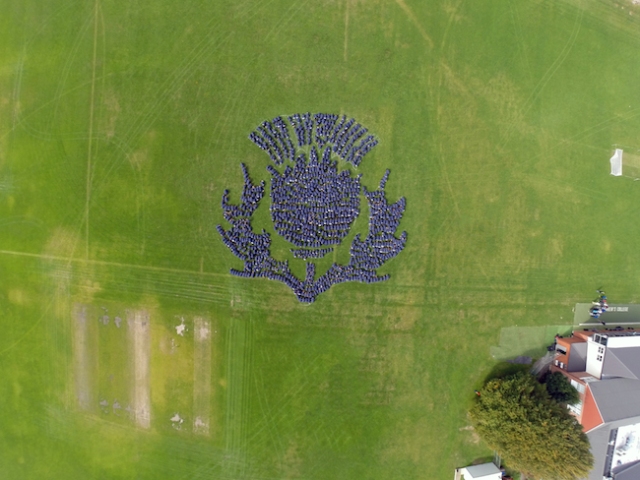One of the motivating factors behind starting this blog was the imminent launch of St Andrew’s College inaugural BYOD or 1:1 Computing Programme for our 2014 Yr9 Cohort. The first term of schooling for 2014 has now finished and I took this opportunity to get some early feedback from the students of Yr9, their teachers and also their parents – a “360 survey” of sorts, to find out how the introduction of laptops as a mandatory tool in the classroom has gone.
As you can see from the video above, Mr David Bevin (our Head of Teaching and Learning) interviewed a number of Yr9 students to hear their experiences so far and they were overwhelmingly positive. The sentiments expressed in the interviews closely reflected those from the surveys and I will share some of this information below.
The Parent Voice – by the numbers:
- 71% said their child was not previously allowed to bring a laptop/tablet to class in Yr8
- 78% said this was the first time their child had ‘owned’ a laptop or been solely responsible for it.
- The type of device brought by their children:
- 47% an Apple Macbook Air or MacBook Pro
- 51% a Windows 7 or Windows 8 laptop
- 2% a Tablet
These answers all indicated that for most of our Yr9 students, owning / managing a laptop was a pretty new experience, especially in terms of being allowed to bring it to school. This is valuable information for us as a school as it is a timely reminder that there should be no assumptions that the students will be ‘experts’ with the devices. Whilst a number have clearly demonstrated advanced skills, many others have required support and guidance along the way.
The decision to require a “full operating system” (i.e. OS X or Windows 7 or 8) was validated when Microsoft changed their licensing to provide free MS Office to all students. This has allowed the teachers to plan and teach with confidence that all students can create documents in the common Office formats.
- 94% of parents agreed or strongly agreed that their child is enjoying using their laptops in class
- Class and homework usage:
- 62% said their child used their laptop most classes each day
- 38% said their child used their laptop at least 1-2 classes each day
- 57% said their child used their laptop for homework related to most classes each day
- 30% said their child used their laptop for homework related to 1-2 classes each day
- 90% of parents agreed or strongly agreed that through conversations with their child they were feeling positive about taking their laptop to school each day
It is very pleasing that the parents are seeing the devices used regularly by their students in class, as in 2013 one of the concerns expressed in the lead up to the launch was whether the laptop would be actively used by teachers as part of the learning. Through the combination of the use of Moodle as our Learning Management System and our professional development of teachers these devices are being used authentically in the learning both in, and out, of the classrooms.
The biggest shared concern from parents resulting from this survey was the handwriting skills their students would have in Yr11 when NCEA exams kicked in for them. There is so much talk in the media about this at the moment that the requirements for students may be quite different in a few years time, but nevertheless this is an area where teachers will need to still be working in opportunities for handwriting practice for their students (in fact, many of our NCEA teachers are already doing this – requiring students to hand write practice assessments before the preliminary internal exams).
UPDATE: Thanks to Mr G MacManus for linking me to the transcript of the address from Karen Poutasi, Chief Executive of NZQA, addressing how exams will change in the very near future.
Here is a great quote from a parent who completed the survey:
I was very concerned about giving our son a laptop for his own use. However my observation is that he is using it as the tool it is supposed to be … He only uses the device in the family area as is the rule … and we have been very impressed with the way it has been implemented across the school. It is clear to me how teachers are making use of this in the home learning environment … Overall though we are thrilled with how it is working. Our son is dilligently completing his home learning and project work on his own device and there have been very few issues so far.
In a followup post I will break down the feedback from staff and students on how Term 1, 2014 has gone in our Yr9 1:1 Computing Programme.











